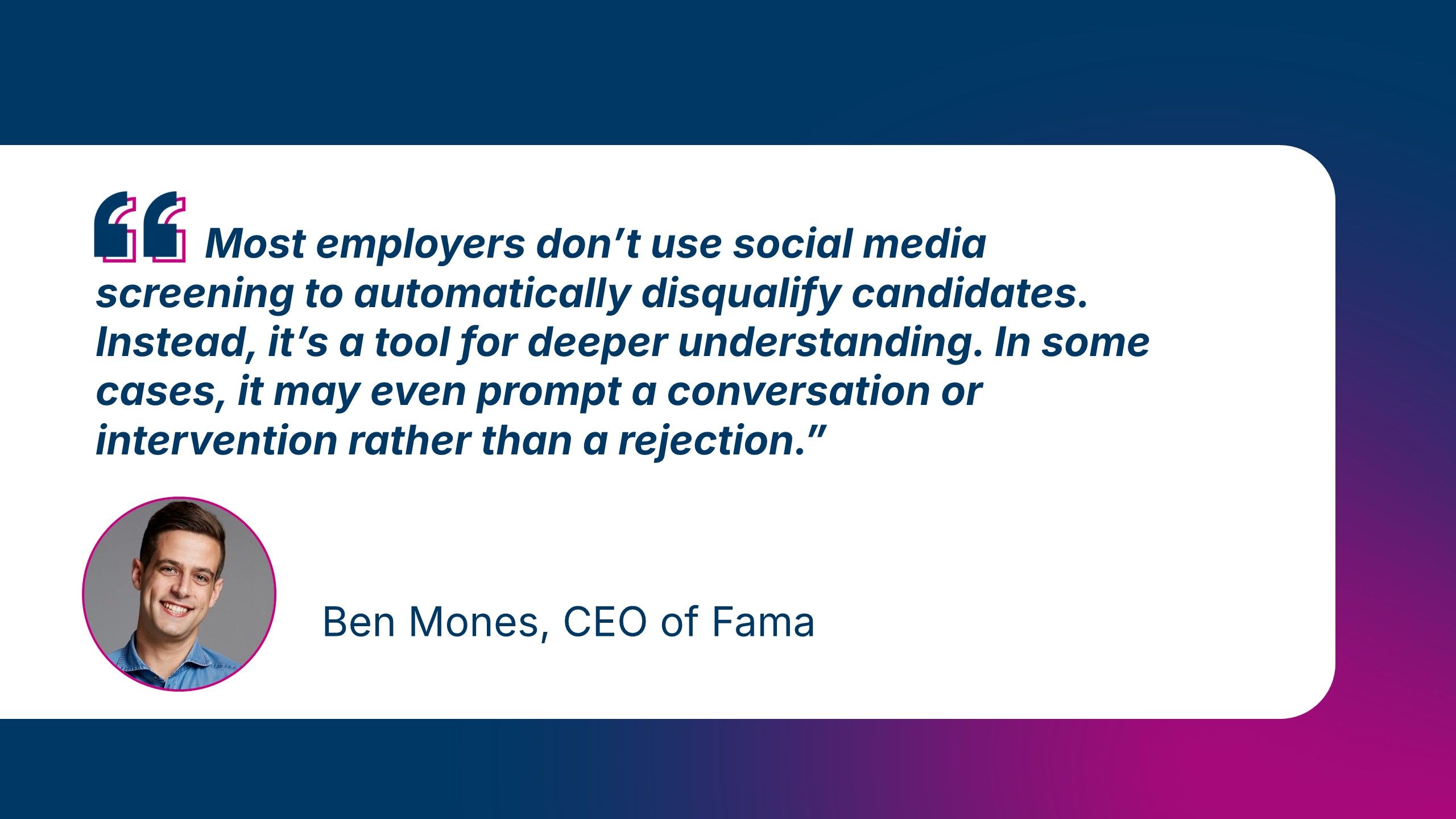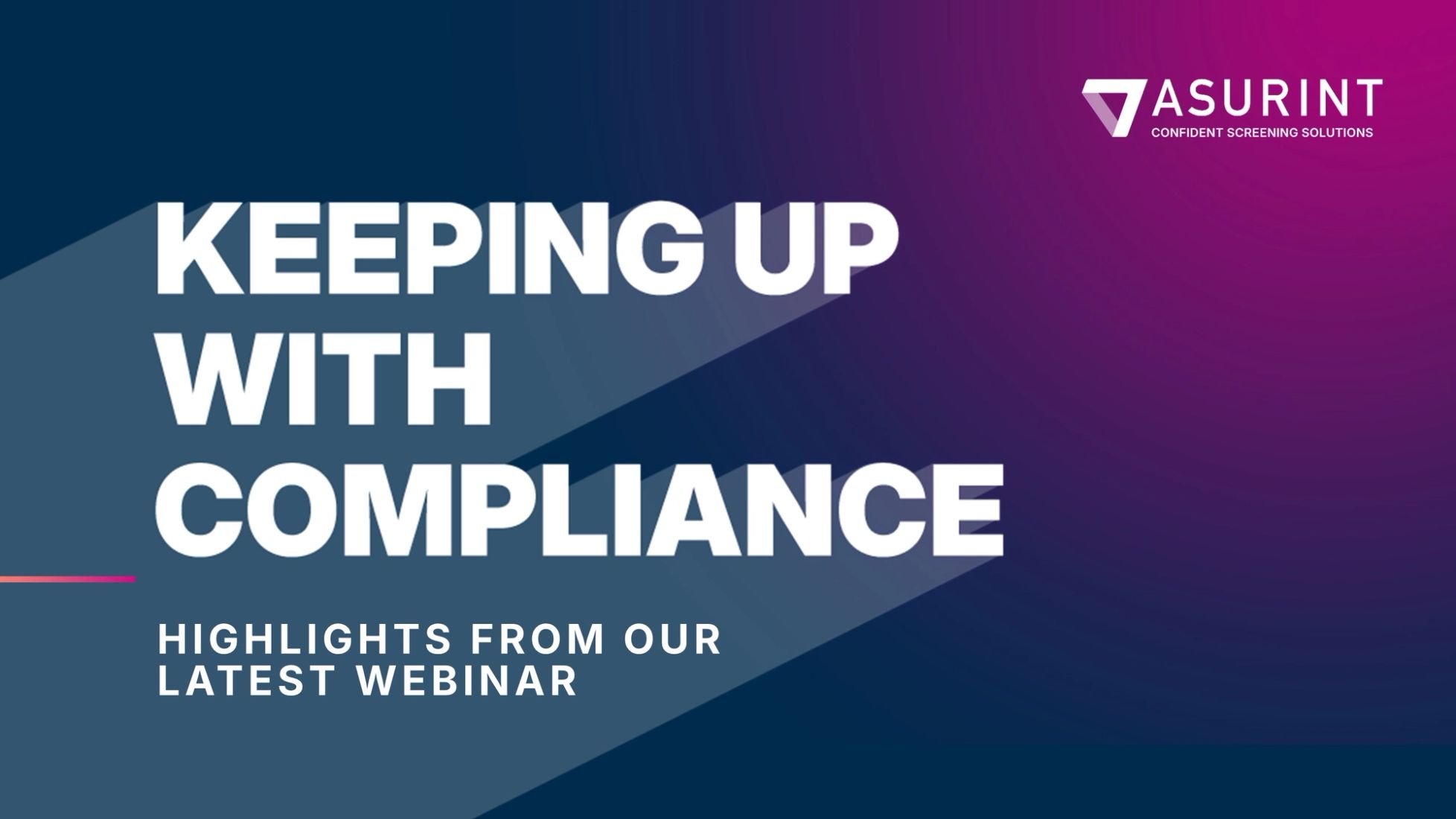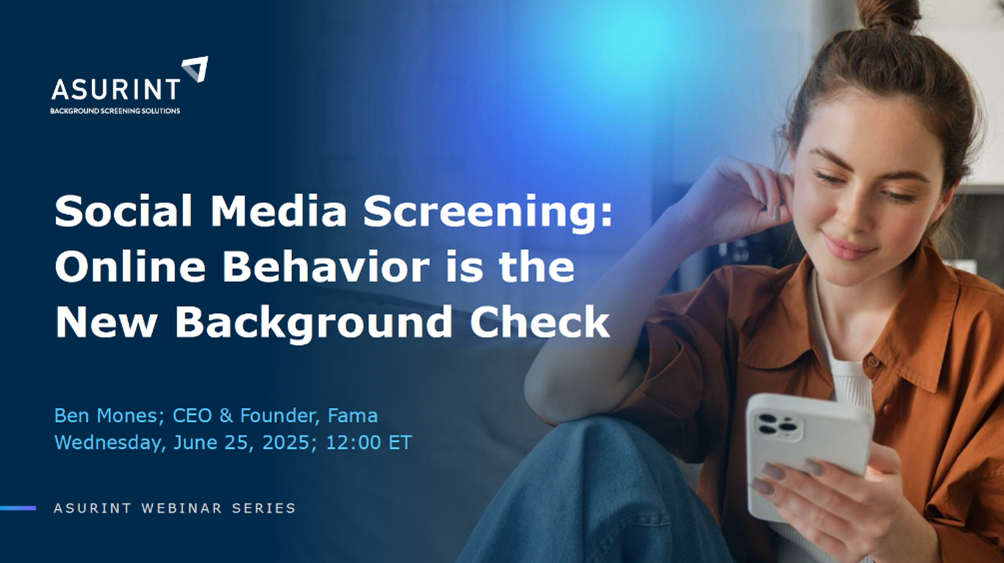5 Questions to Ask Before Using Social Media Screening in Hiring Decisions
4 min read
Published
Oct 21, 2025

In a recent webinar, Ben Mones, CEO of Fama, shared how social media screening has become a powerful tool for organizations seeking to protect their brand, ensure cultural alignment, and mitigate risk. But it’s not without complexity.
Legal and compliance concerns, such as exposure to protected class information or inconsistent screening practices, have made HR teams cautious about adopting these tools. So what should your hiring team consider before incorporating social media screening into their hiring strategy?
Here are five essential questions every organization should ask.
1. What Are We Really Looking For?
Before implementing any screening process, it’s critical to define what behaviors matter most to your organization. Social media screening isn’t about judging someone’s taste in music or their political leanings: it’s about identifying behaviors that conflict with your company’s values and policies.
Here are some questions to ask yourself:
- Do we have a clear employee handbook that outlines unacceptable behaviors (e.g., harassment, threats, illegal drug use)?
- Are we screening for alignment with our anti-discrimination, anti-violence, or community engagement policies?
- Are we prepared to differentiate between personal expression and public misconduct?
The objective is not to police opinions, but to flag publicly normalized behaviors that could pose a risk, including racism, threats, or illegal activity. Social media screening should be tailored to your organization’s legitimate business interests.
2. Are We Being Compliant?
One of the biggest concerns around social media screening is legal risk. Many HR and legal teams have historically advised against social media screening due to the risk of encountering protected class information, such as religion, disability status, or pregnancy, that could inadvertently influence hiring decisions.
To help stay compliant, organizations should:
- Avoid accessing private profiles or requesting login credentials.
- Ensure the screening process is consistent across candidates and roles.
- Follow FCRA, EEOC, GDPR, and other relevant regulations.
3. How Do We Handle Findings and Make Decisions?
Social media screening can surface sensitive content. But what do you do with those findings? Employers must have a clear adjudication process in place to evaluate flagged content fairly and consistently, such as:
- Who will review flagged reports (e.g., someone involved in hiring, a neutral party)?
- What mitigating factors will be considered (e.g., context, recency, frequency)?
- Will candidates have the opportunity to dispute or explain findings?
Ben shared that most employers don’t use social media screening to automatically disqualify candidates. Instead, it’s a tool for deeper understanding. In some cases, it may even prompt a conversation or intervention rather than a rejection.
Employers should remember that using social media screening content through a third-party service also requires compliance with the Fair Credit Reporting Act and associated laws, including obtaining consent and following the adverse action process when necessary.

4. What if I Don’t Do Social Media Screening?
While the risks of improper screening are real, so are the risks of ignoring online behavior altogether. From workplace violence to reputational damage, the consequences of hiring someone whose online conduct contradicts company values can be severe.
Here are three real-world examples from Fama as a result of using social media screening:
- A candidate in New York was flagged for threatening executives in a YouTube video.
- A healthcare organization discovered a doctor selling body parts for research on Twitter.
- A school uncovered a teacher who had posted racist comments about students at a previous job.
These aren’t just outliers either. They’re reminders that online behavior can reveal red flags that traditional background checks can miss. And with courts increasingly holding employers liable for online harassment between employees, the stakes are higher than ever.
5. Can We Do This Without Creating Bias or Inconsistency?
Manual social media screening is risky, not just legally, but operationally too. It’s time-consuming, inconsistent, and prone to bias. One hiring manager might scroll through a candidate’s Instagram, while another skips it entirely.

Leveraging social media screening technology can help automate the process by ensuring:
- Consistent criteria across all candidates.
- Objective flagging based on employer-defined parameters.
- Exclusion of irrelevant or protected information.
This allows employers to focus on the critical signals, not all of the noise. And most importantly, every candidate is treated fairly.
Screening Online Behavior The Sure Way
Social media screening isn’t just about risk mitigation. It’s about building a workplace that reflects your organization’s values. By asking the right questions, companies can move beyond fear and toward clarity, consistency, and culture alignment.
As Ben Mones put it, “We’re not trying to score people. We’re trying to identify behaviors that contradict what you’ve already said matters in your organization.”
With the right tools and mindset, social media screening becomes less about judgment and more about insight.
Watch the full webinar “Social Media Screening: Online Screening is the New Background Check.”
You might also like

What’s New in HR Compliance? Highlights from Our Latest Webinar
In Asurint’s final compliance webinar of 2025, General Counsel, Kelly Uebel, breaks down the most impactful changes HR professionals need to know heading into 2026.

3 Drug Testing Trends Transportation Fleets Can’t Ignore
With the surge of fentanyl positivity rates, here are three trends every transportation company should be aware of when it comes to random drug testing.

Chester County, PA Enacts Antidiscrimination Ordinance
Starting December 23, 2025, Chester County, Pennsylvania will have a new antidiscrimination ordinance in place impacting employers.


